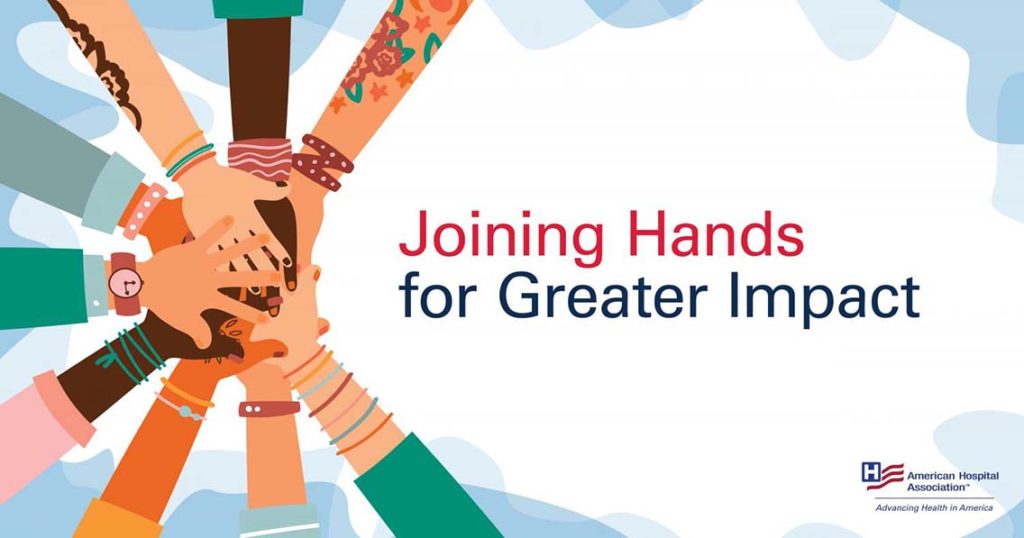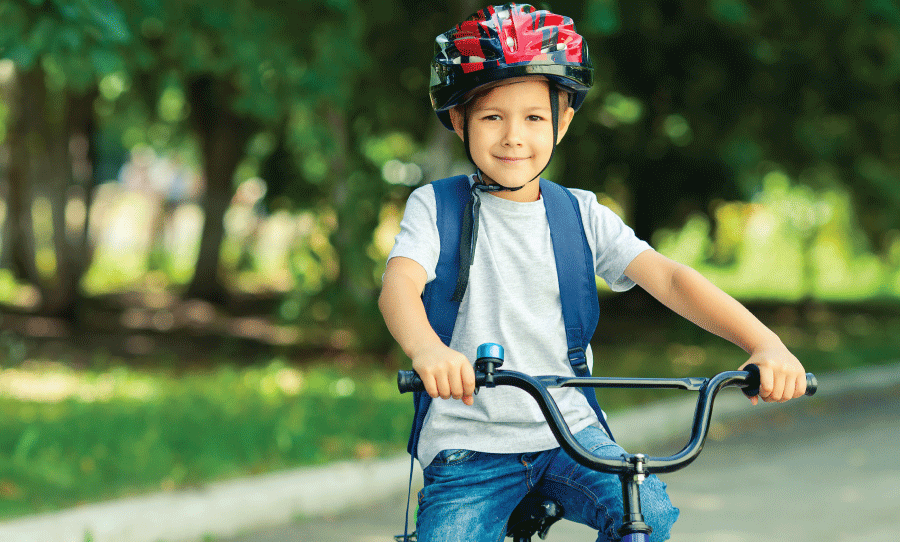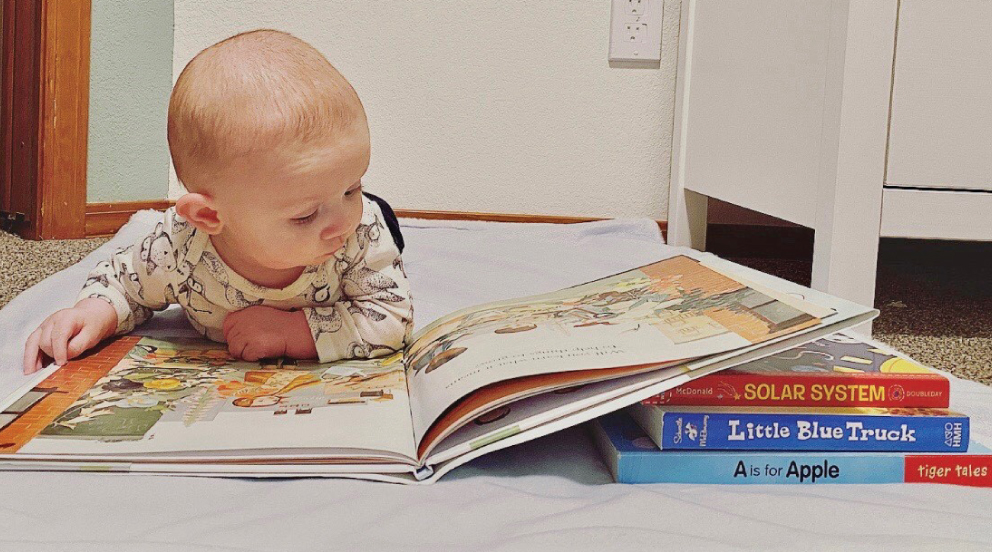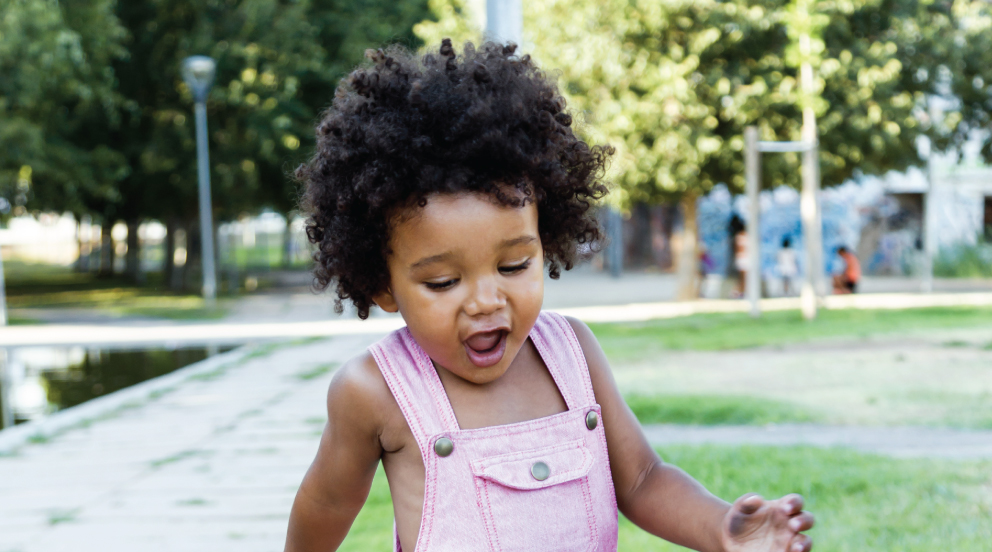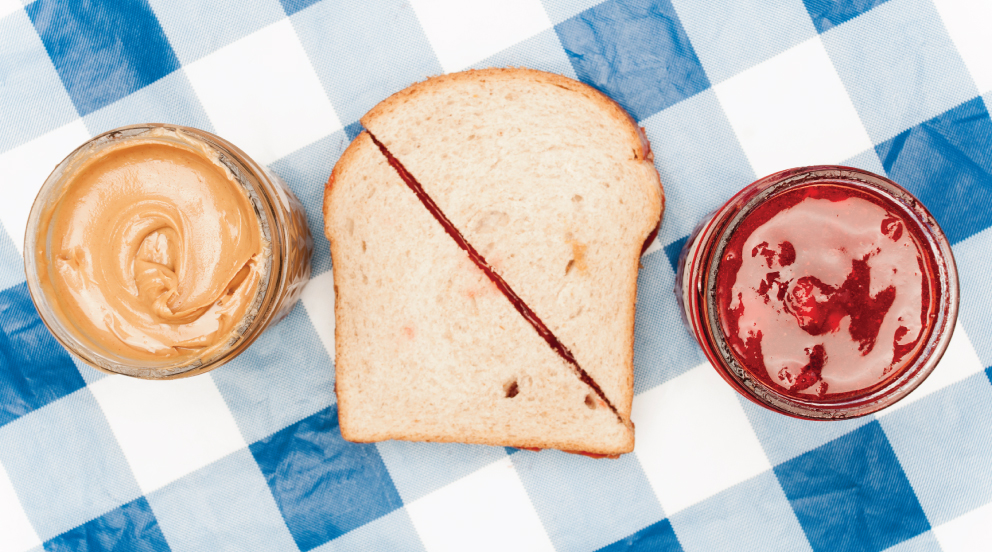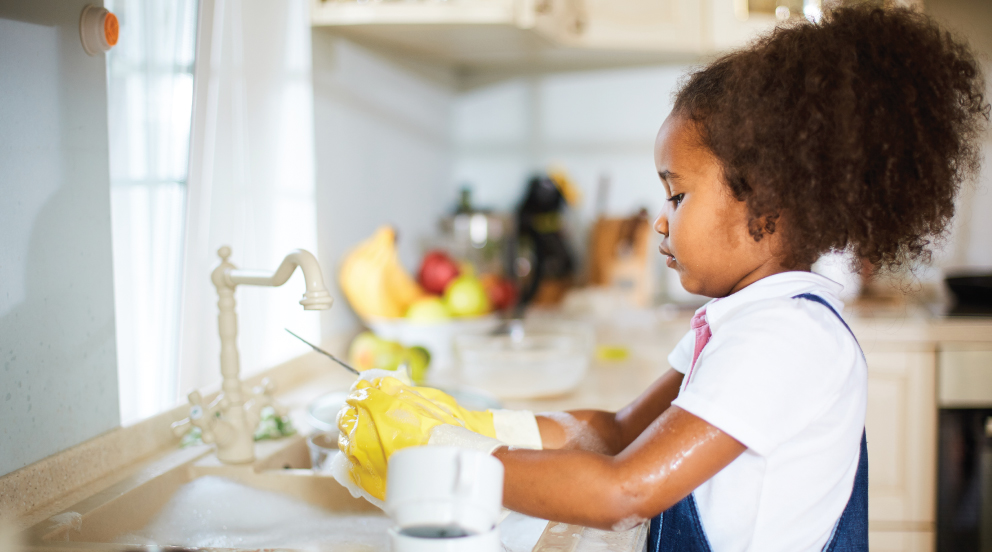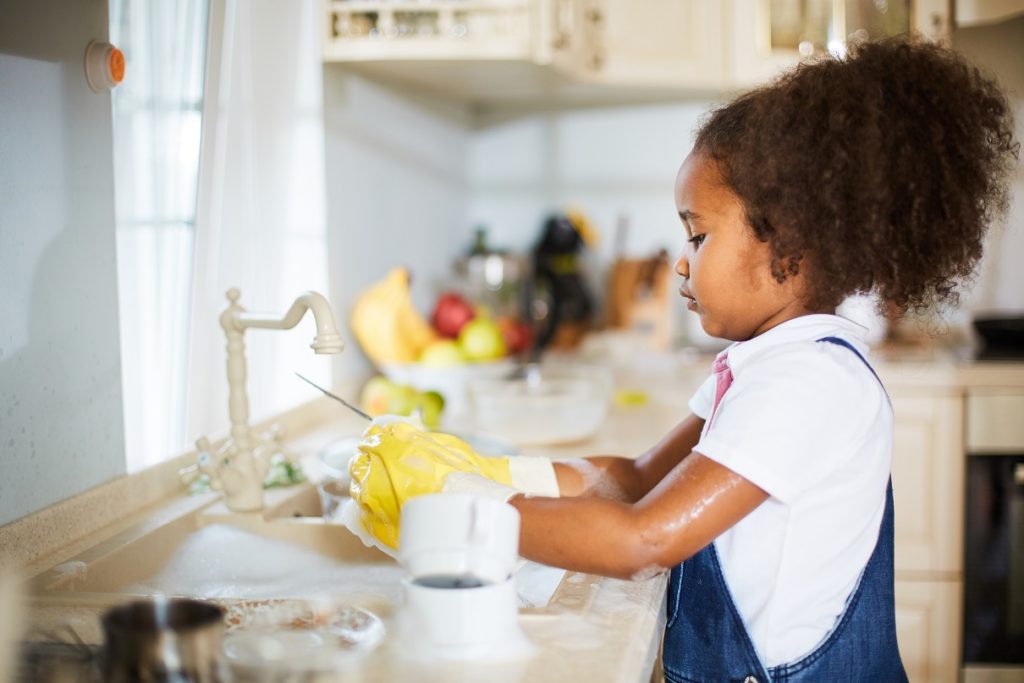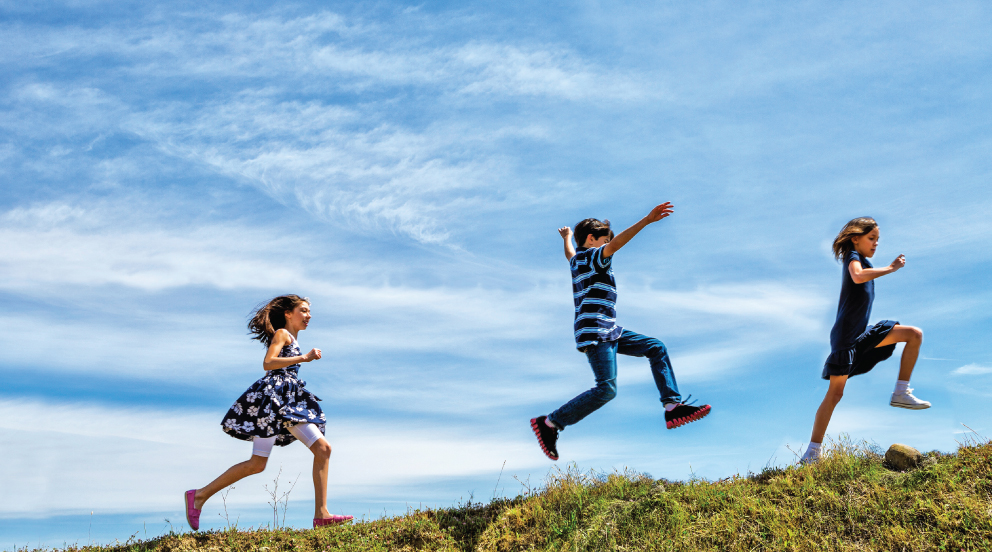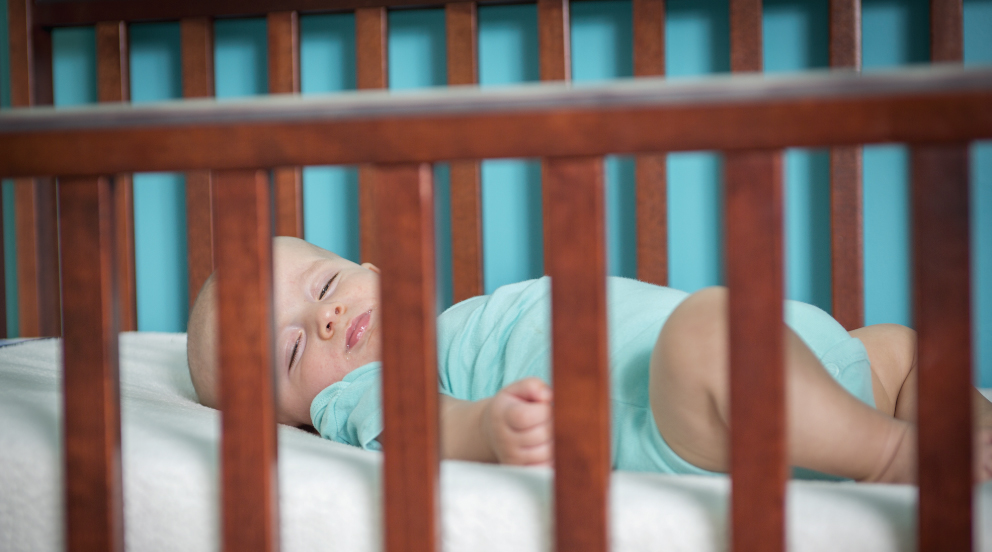medical providers that the family and the child trust can be an invaluable source of information and a big part of the decision making – Dr. Elise Herman
The AHA, American Academy of Pediatrics and Children’s Hospital Association host this panel discussion on how pediatricians and hospitals can work with parents to build trust in the safety and efficacy of the COVID-19 vaccine for children.
American Hospital Association
Insights from pediatric health care leaders on COVID-19 vaccines for children
Earlier this week Dr. Elise Herman, KVH Pediatrics, joined other pediatric health care leaders for a panel discussion hosted by the American Hospital Association (AHA), American Academy of Pediatrics and Children’s Hospital Association.
To learn more visit www.aha.org/vaccineconfidence
